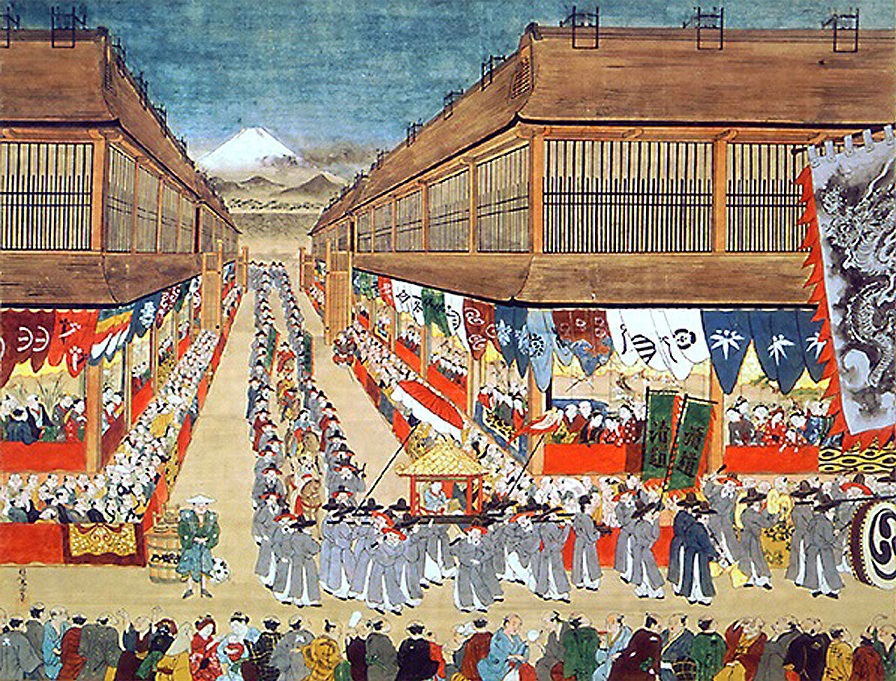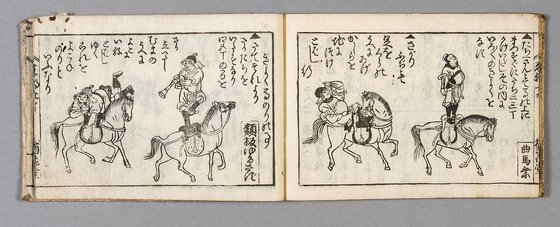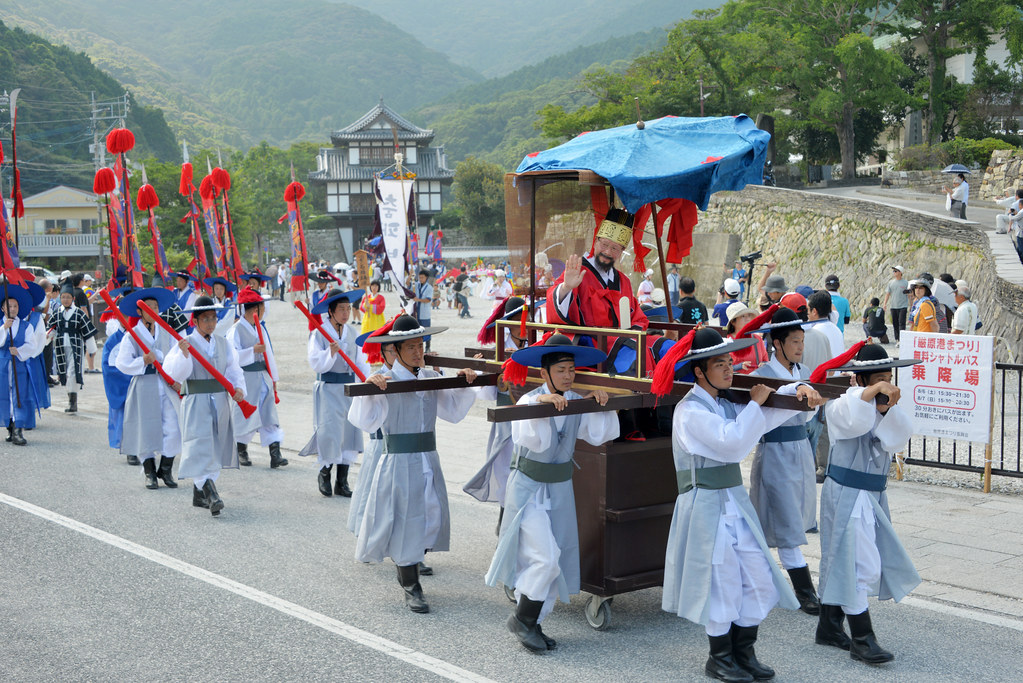
Currently, relations between Korea and Japan are politically strained, but due to the boom of K-culture, the Japanese have a lot of cultural familiarity with Korea.
I feel that this is similar to the era when cultural exchanges were held by a cultural mission called the “Joseon Tongsinsa“ (Joseon Dynasty Diplomatic Missionaries) after the Japanese Invasion of Korea (1592-1598).
About 400 years ago, at the request of Japan, a cultural mission was sent from Korea (Joseon at the time) 12 times over 200 years (1607-1811).
” Joseon Tongsinsa ” refers to a diplomatic mission sent by the king of Joseon to Shogunate, the de facto supreme ruler of Japan, from 1428 to 1811, at the request of Japan.
In the early Joseon Dynasty, ” Joseon Tongsinsa ” was dispatched from Joseon to Japan, and “Japanese King’s History” was dispatched from Japan to Joseon, and when the cultural mission resumed, only the cultural mission of Korea was dispatched.
It took about six months to a year for the ship’s first dispatch.
It was a distance equivalent to 2,294km one way from Seoul, through Andong and Busan, to Nagasaki, Osaka, Kyoto, Nagoya, and Tokyo.
The delegation included three high-ranking officials, scholars and writers, high-ranking officials and clerks in charge of diplomatic documentation and poetry creation, doctors in charge of patient treatment, musicians in music, horse-riding performers, and painters in Joseon.

As such, the Joseon Tongsinsa, which consists of 400 to 500 people with talents representing Joseon in each field, was already a cultural mission in itself that included cultural exchange capabilities and was Korea’s first Hallyu stars.
Meanwhile, at that time, Japan was restricted from contact with foreign cultures due to a closed country system.
Therefore, from high-ranking officials to scholars, artists, and the public, curiosity about foreign countries and expectations and aspirations for advanced culture were high, so they warmly welcomed the visit of the Joseon Tongsinsa.
Scholars and artists from small cities, who had relatively few opportunities to enjoy high-end culture as well as large cities, stayed overnight to visit accommodations where Joseon Tongsinsa stayed and actively interacted.

The people, whose access to the Joseon Tongsinsa was limited, were also willing to accept foreign culture in their lives without missing a rare opportunity in decades.
Telecommunication companies left many works such as calligraphy and poetry at each destination, and they are said to be in the form of folding screens and prints.
About 400 years ago, during the 200 years (1607-1811), when Korean Wave stars spread culture to Japan, Korea-Japan relations were better than ever.
As such, cultural exchange is important, and cultural exchange should be continued separately from politics. In the meantime, we reflect on the fact of history that each other develops.
MIKE CHOI
ASIA JOURNAL

